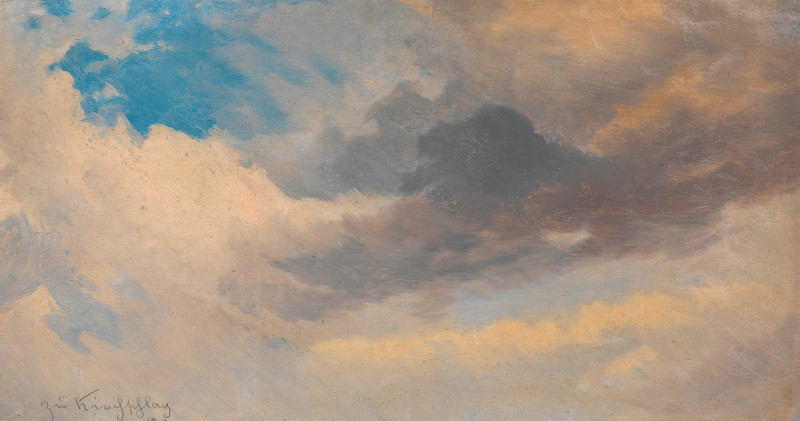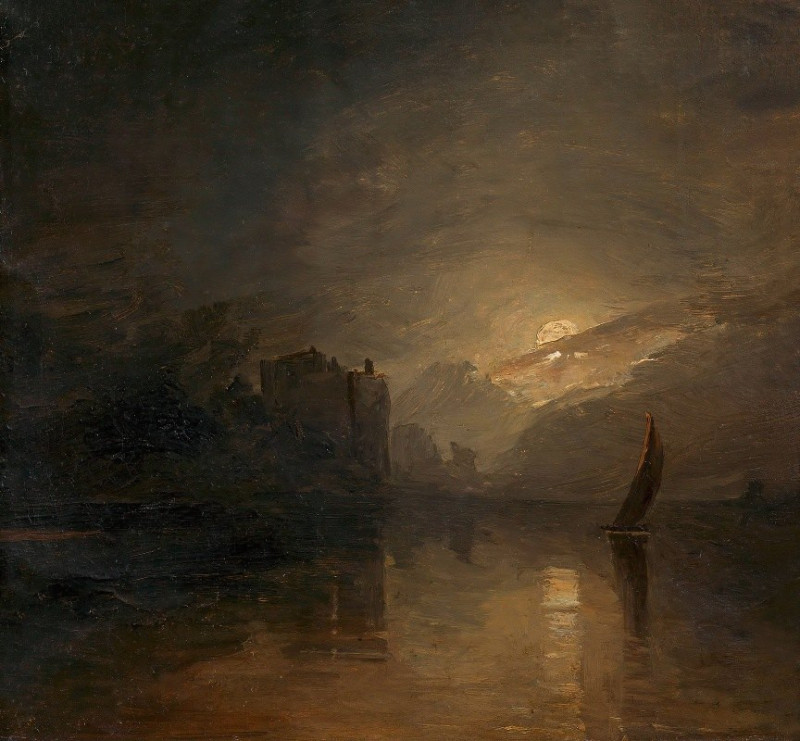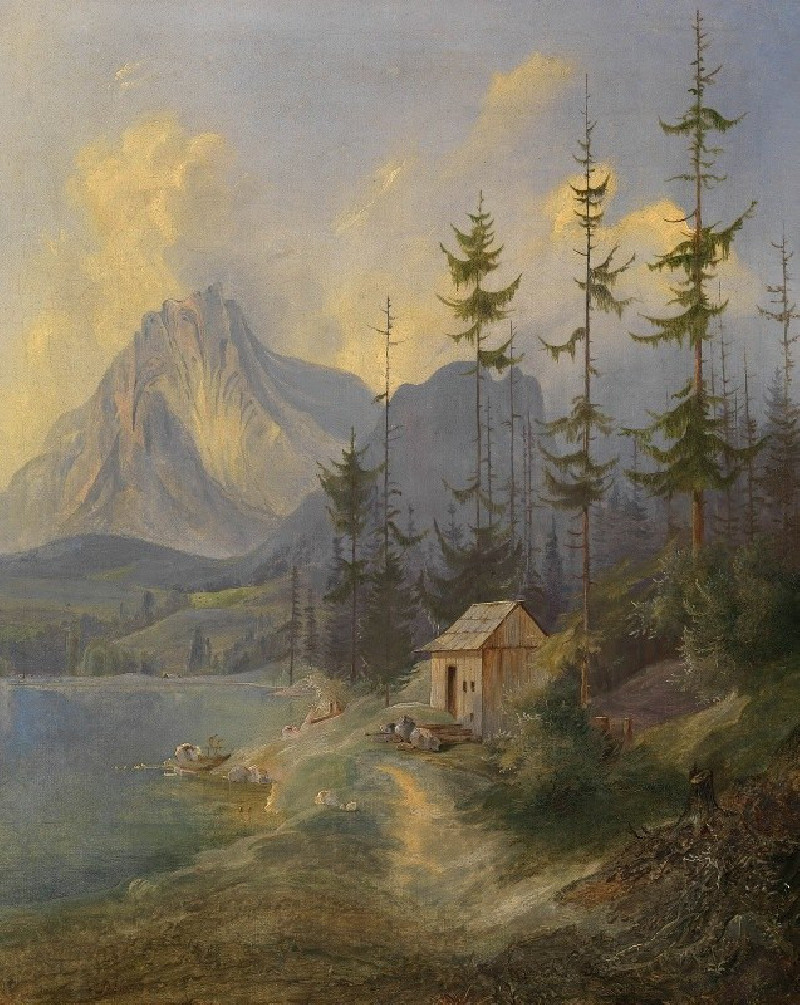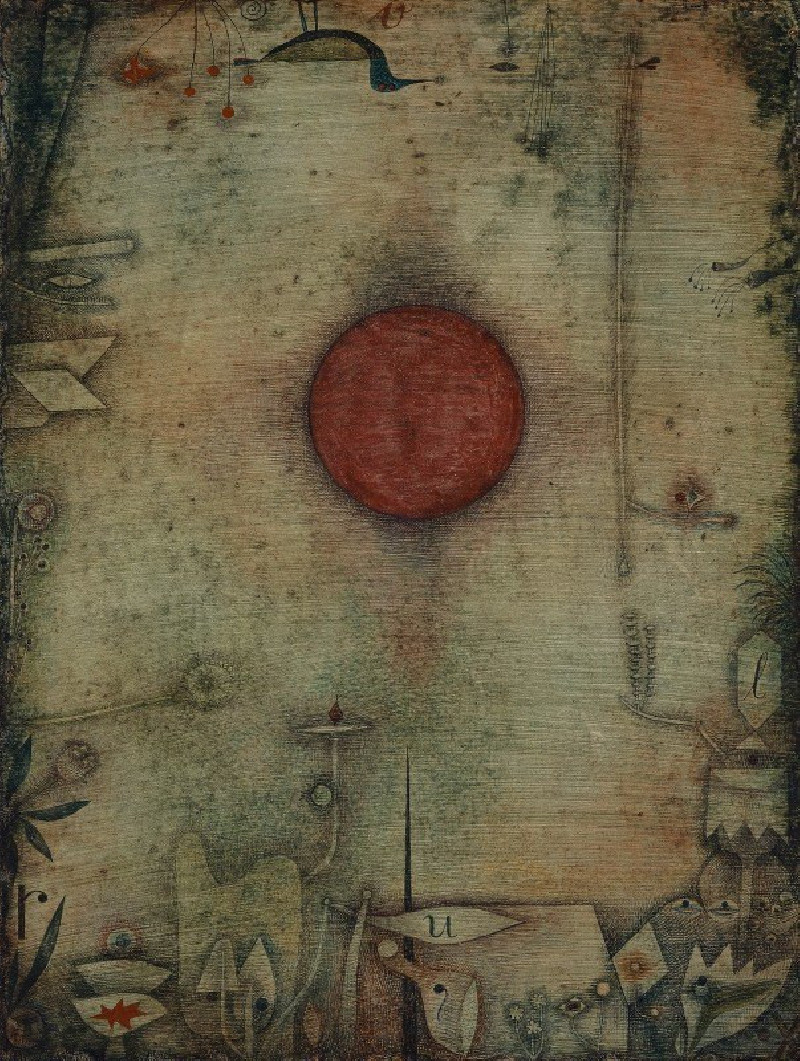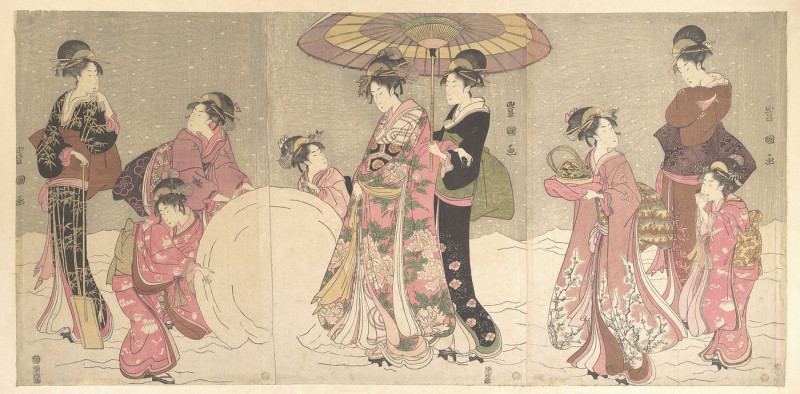Griechische Tempelruinen (ca. 1854)
Technique: Giclée quality print
Recommended by our customers
More about this artwork
Within the panorama of European art, Adalbert Stifter's painting "Griechische Tempelruinen" (circa 1854) emerges as a serene yet somber contemplation of the past. This enthralling artwork depicts the ruins of Greek temples, remnants of an illustrious ancient civilization standing desolate amidst a vast, barren landscape. The hues used by Stifter are subtle yet impactful, with warm ochres and browns that root the ruins to the earth, contrasting sharply against the cool, unyielding azure of the sky.On closer observation, one can note the meticulous detail with which Stifter approaches his subject, highlighting the decrepitude of the ruins. The columns, though weathered, still speak to a lost era of architectural majesty. Far in the background, a faint silhouette of mountains can be seen, suggesting a geographic continuity with the present, yet also an emotional and temporal distance from its glorious past.Interestingly, the painting utilizes a distinctive cracking technique that augments the overall theme of decay and the relentless passage of time. This textured approach not only enriches the visual impact but also embeds a deeper narrative into the canvas — the inevitable decline that all man-made edifices must face.Stifter's choice to include a flock of birds soaring high above the ruins injects a dynamic element into an otherwise still landscape. These birds, possibly symbols of the enduring spirit and freedom, provide a stark contrast to the motionless and grounded ruins below, emphasizing the transient yet recurring nature of life and civilization."Griechische Tempelruinen" invites viewers to reflect on the impermanent nature of human endeavors and the beauty that can be found in decay.
Delivery
Returns
Adalbert Stifter (1805–1868) was an Austrian writer, poet, painter and pedagogue. Born in Oberplan, Bohemia (now Horní Planá, Czech Republic), he was the eldest son of a wealthy linen weaver. Better known as a writer, Stifter was able to convey vivid and engaging landscapes in both his writing and painting. At the end of his life, exhausted by physical and mental illnesses, the artist died of suicide.









